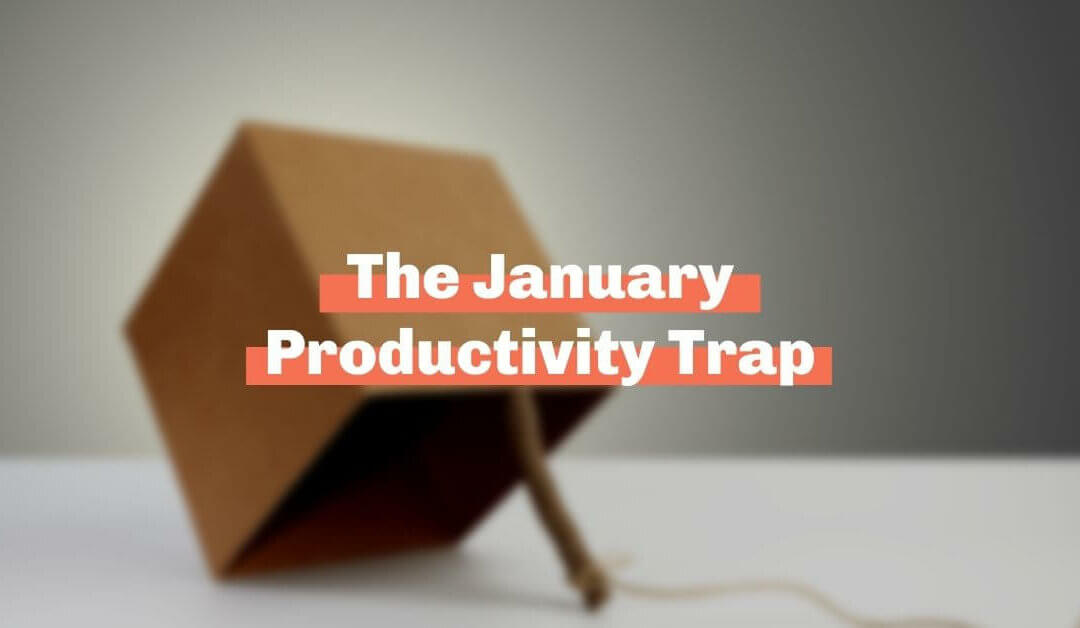Timeboxing to stop boxing yourself in
I am a sucker for a good time management system. I love to-do lists. I spent (many, many) years waking up before the sun. And buying my planner is a highlight of my year. (Yes, while I heavily rely on digital tools, I still have a paper planner and multiple paper calendars. PaperSource can go ahead and take all my money.)
I’m here for all the trends and hacks—the magic “solutions” that will make the fact that I have 14 hours of work to do in a 7-hour time period somehow manageable. (Spoiler alert: it’s not. Enter my lifelong work of pushing back against hustle culture and my innate need to do.)
But while I fully recognize that a time management “system” is not going to solve all of my problems, I do think a good system can help. It can help you sort through the dozens (hundreds?) of tasks that vie for your attention, prioritize them, and fit them into your day—without you losing your sanity in the process. And hopefully, a good system can help you waste less time so that you make the most of the limited hours you have in a day.
Which brings me to my most recent experiment: timeboxing.
I am not inventing the wheel here, people. Timeboxing is the current time management darling across countless “experts” and publications—just ask Forbes or Harvard Business Review or Bill Gates or Elon Musk—and for good reason: it works.
But first, the basics.
What is timeboxing?
At its core, timeboxing is moving your to-do list into your calendar. It’s assigning not just what needs to get done, but what will get done when. It’s portioning your day into (sometimes tiny) chunks of time that are each allotted to a task, meeting, or item to handle. And according to a Filtered study on the 100 best productivity hacks, it ranks #1.
How do you do it?
I started my timeboxing experiment at the beginning of the year by simply using my Google calendar. I began each week by looking at my task list, then I translated that list into my calendar with “meetings” set for each and every assignment.
The downside, of course, is that life happens. Surprise meetings, tasks that take way longer than anticipated, a phone call that you have to answer, a sick kid. Sometimes, your beautifully scheduled week gets thrown off track—and you have to move all of those carefully placed blocks.
This week, I started playing with Motion—one of many apps designed for timeboxing. The benefit of the app is that it moves tasks for me if I miss them, or if I need more time. It’s constantly rearranging my schedule so that I don’t have to worry about it.
It’s only been three days, but so far, I’m loving it. (Check back with me in a month and I’ll let you know a real review!)
Does it work?
The short answer is yes—timeboxing has been great for me and I’m going to stick with it (at least for now!). Here are a few reasons why:
- I get a lot done. Having a very planned day keeps me productive and less prone to distraction. Sure, I still pick up my phone sometimes, but if I know I only have 20 minutes to complete a task, my competitive nature makes me race against the clock!
- I don’t have to wonder if I’ll be able to make it through my list anymore. I know I can because I already have time allotted to complete every task. It takes a mental burden off of me that I didn’t even know I was carrying.
- My breaks are real breaks. When I’m not working, I don’t have the nagging thought of “I should be working” because my tasks already have a home.
- My mornings are calmer. I used to wake up and face a big list of to-dos. Now I start with a single task, knowing that all the other single tasks will be waiting for me at their appointed times.
- If I think of something I want/need to do, I know when I can feasibly do it. If a new request comes in, I can give a much more honest timeline. And if I have a personal task to handle, I know when I’m free to give it attention.
Timeboxing, like anything, isn’t magic. But if you’re looking for a way to better organize your days and your to-dos, it might be worth your own experiment. I’d love to hear your thoughts—and if you have your own time management hacks, you know you should send them my way!

